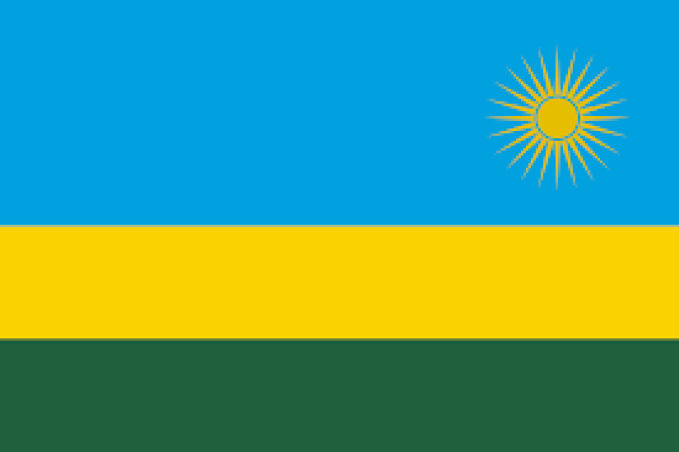RWANDA:Tigo, SACCOs partner to ease access to financial services

Customers of different SACCOs in the country will now find it easy to carry out mobile operations, thanks to interoperability platform link unveiled by Tigo Rwanda last week.
The initiative will integrate SACCO client accounts of over 77,000 customers from 20 SACCOs operating 60 branches across 20 districts in the country with their Tigo cash wallets, making it possible for customers to automatically transfer funds from their SACCO accounts to their Tigo Cash wallets and vice versa.
Faith Chisulo, the Tigo Rwanda head of mobile financial services, said the initiative is designed to boost efficiency and supports government’s efforts to deepen financial inclusion.
“We believe that connecting these SACCOs to our Tigo Cash system allows financial institutions to scale up access to credit and increase the number of banked population,” Chisulo said at the launch in Kigali.
Chisulo said the service will significantly ease SACCO operations and accessibility, arguing that most SACCOs are located in hard-to-reach areas.
“The platform will, therefore, help customers who live far away from their local SACCO branch from travelling long distances to access services,” she added.
In 2014, Umurenge SACCOs and Tigo unveiled a similar platform with three local commercial banks - including Access Bank, KCB Bank Rwanda and Bank of Kigali.
To access the services members of the SACCO simply dial *500#, choose the ‘banking’ option, choose ‘SACCO’ and follow the prompts.
Central bank figures indicate that the number of mobile money accounts increased by 432 per cent, from 1.4 million in December 2012 to 7.7 million in December last year. The number of mobile money transactions rose by 659.8 per cent to 168.6 million from 22.2 million over the same period, while the number of agents went up by 1211.7 per cent from 3,085 to 40,467, increasing access to formal financial service in the period under review.
Over $350 million has so far been pushed through the Tigo Cash since its inception in 2014, with over 2.7 million customers using the platform.
SOURCE:THE NEW TIMES
 Africas leading resource for digital financial services
Africas leading resource for digital financial services


comments